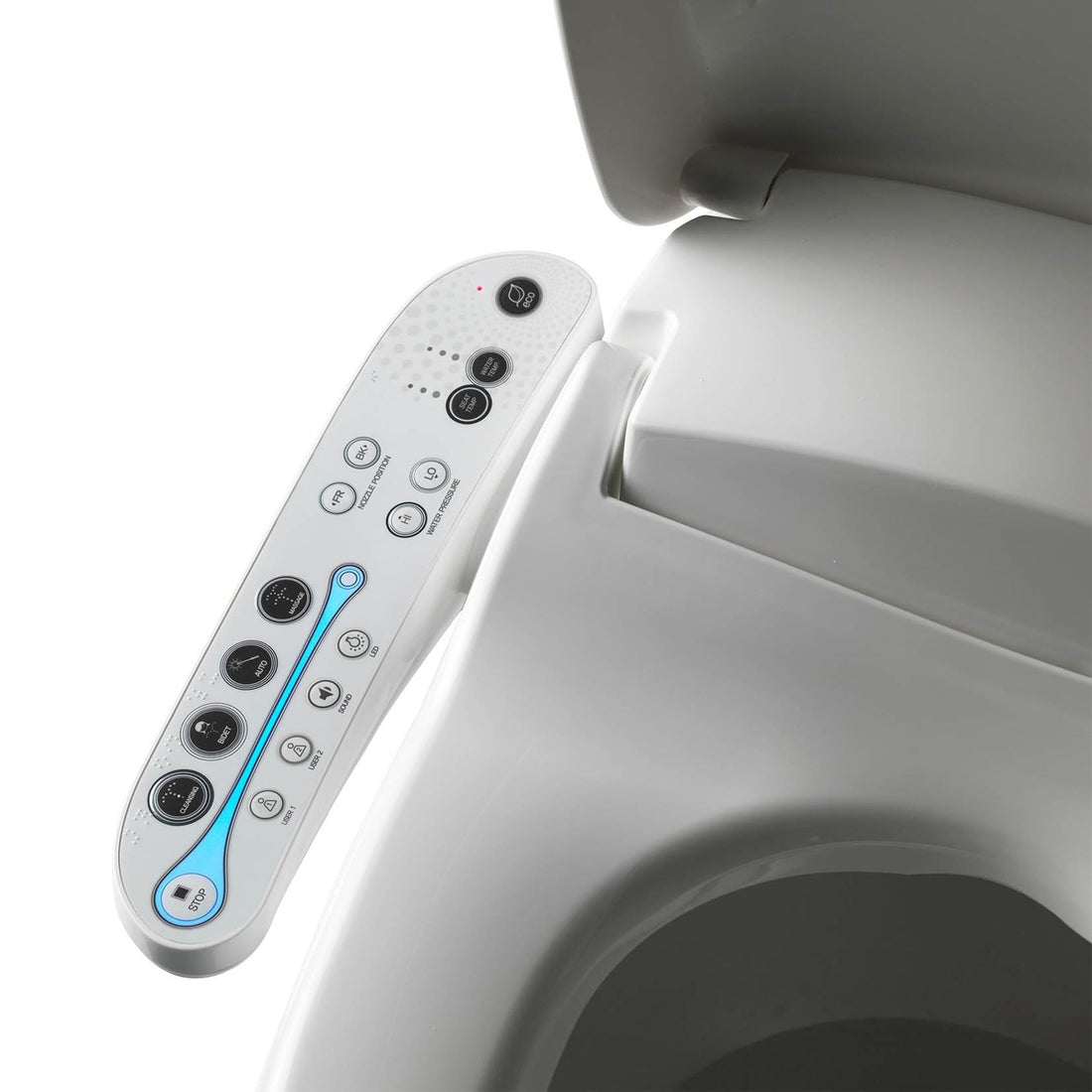
A Game Changer for Hygiene and Convenience
Share
The Benefits of Water Bidets: A Game Changer for Hygiene and Convenience
For centuries, people worldwide have used water for personal hygiene, yet toilet paper remains the dominant choice in the United States. Bidets; devices that spray water to clean after using the toilet, offer numerous benefits in terms of hygiene, environmental impact, and convenience. So why hasn't the U.S. embraced them the way other countries have? Let's explore the history, benefits, and reasons behind the bidet's lack of popularity in America.
A Brief History of the Bidet
The bidet originated in France in the 17th century as a separate basin for washing after using the chamber pot. By the 20th century, bidets evolved into fixtures attached to toilets, making them more accessible and practical. In Japan, electronic bidet toilet seats, often called "washlets", became a common household feature, integrating warm water sprays, air dryers, and even deodorizers. Many Asian, European, and Middle Eastern countries have since adopted bidets as a standard in their bathrooms, prioritizing cleanliness and comfort.
The Hygiene Advantage
Using water to clean after using the toilet is far more effective than using toilet paper alone. Water removes bacteria and residue more thoroughly, reducing the risk of infections and irritation. This is particularly beneficial for individuals with sensitive skin, hemorrhoids, or medical conditions that make wiping uncomfortable. Many healthcare professionals advocate for bidets as a superior alternative to traditional wiping.
Environmental and Cost Benefits
The environmental impact of toilet paper is often overlooked. The production of toilet paper requires millions of trees and gallons of water annually, not to mention the chemicals used in processing. Bidets significantly reduce toilet paper consumption, leading to less deforestation and waste. While installing a bidet may seem like an initial investment, it can save households hundreds of dollars per year on toilet paper costs.
Convenience and Comfort
Modern bidets are designed for ease of use, with features like adjustable water pressure, temperature control, and even hands-free drying. These options enhance the bathroom experience, making it more comfortable and accessible, especially for the elderly, disabled, or those recovering from surgery.
Why Hasn't the U.S. Fully Adopted Bidets?
Despite their advantages, bidets remain uncommon in American households. Cultural habits and historical factors play a role in this. Many Americans grew up relying solely on toilet paper, and the idea of using water can seem foreign or unnecessary. Additionally, traditional bidets required extra space in bathrooms, making them impractical for many homes. However, with the rise of attachable bidet seats and sprayers, this barrier is diminishing.
Another factor is marketing. The toilet paper industry is massive in the U.S., and its dominance in advertising has reinforced the belief that paper is the best or only option. Changing this perception will take time, but with growing environmental awareness and word-of-mouth experiences, more Americans are beginning to see the benefits of bidets.
The Future of Bidets in America
As bidet attachments become more affordable and easy to install, their adoption in the U.S. is slowly increasing. More people are recognizing their hygienic, environmental, and financial benefits. With a cultural shift towards sustainability and personal well-being, the bidet might finally have its moment in America.
We, TidyBunds, are helping to drive this change by offering a wide range of bidet options, from economical simple devices to highly advanced bidets with features like temperature control, air drying, and customizable settings. By making bidets more accessible and convenient, TidyBunds is playing a key role in bringing this superior hygiene solution to more households.
Conclusion
Bidets offer a cleaner, greener, and more comfortable bathroom experience. While cultural habits have kept them from widespread use in the U.S., their global popularity and growing accessibility suggest that change is on the horizon. Perhaps it's time for more Americans to rethink their bathroom routines and embrace the benefits of bidets.
